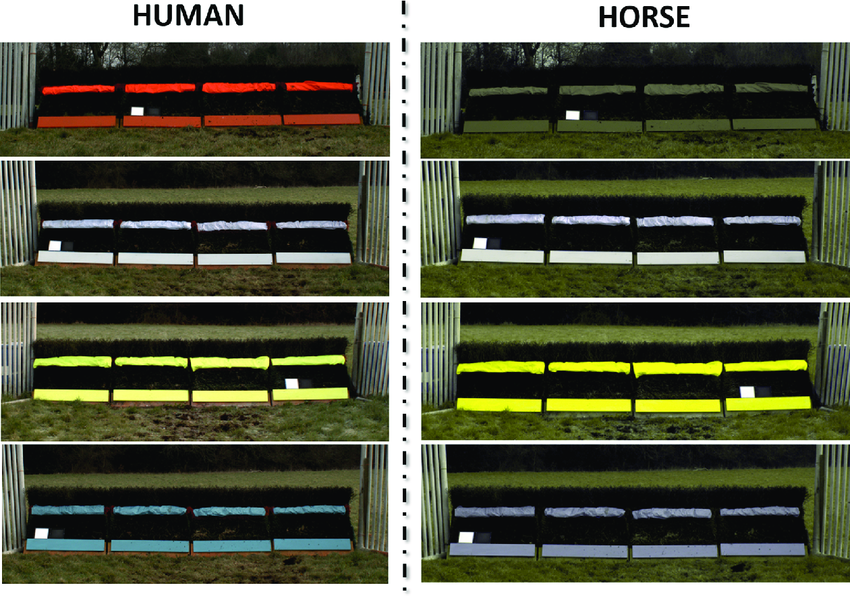In 2022, racing at Stratford Upon Avon underwent an important change. As part of a new initiative, the fence take off boards were changed from orange to white. The transformation across UK racing happened over ten months with work being completed in 2023. Other racecourses across the UK also saw 368 fences change colour, along with 2,132 hurdle panels. The traditional florescent orange colour might have been synonymous with Stratford racecourse, but there was a big reason behind the change, and it’s all to do with the welfare of the horses. Once again, Stratford pioneered the change.
The pursuit of safety in an inherently dangerous sport might seem somewhat anomalous. Yet British racing has an unparalleled reputation for its efforts in reducing injuries and fatalities in Jump racing. The pressure on the sport from lobby groups is intense, as witnessed by the demonstrators at last year’s Grand National.
In other countries of Europe, racing over obstacles has all but expired. There are around 5 Jump races in the whole of Germany, whilst in Sweden, direction from the public has led bookmakers to suspend betting on any jump race. In a sport under pressure to demonstrate it is managing safety of its equine athletes proactively, the BHA has shown strong leadership.
Horse Welfare Board
The Horse Welfare Board were in charge of overseeing the fence colour project. They noted research which was carried out by Exeter University regarding how horses’ vision filters colour. The original research was commissioned by the BHA, and backed by the Racing Foundation. The university found that after trialling numerous colour options under different racing conditions, including the traditional orange markings, horses have reduced dichromatic vision when compared to humans. Although they can see a range of colours clearly, most of their colour vision revolves around blues and yellow. They are unable to tell orange, green and red apart.
The study found that when the wood and vinyl padding on racecourses, guard rails and top boards were changed to white, this gave horses increased visibility. It even helped to improve jumping performance by stimulating the focus around the take off markings.

When betting on races from a trusted UK bookmaker, race conditions are often taken into account when calculating the chance of a horse winning. Since the fences changed colour, this has led to some horses having a better performance on the track. Punters should have also taken the change of colour into account when formulating horse racing betting strategies, as previous poor jumpers may now perform better.
Adjusting to the change
As a result of the change that happened across racecourses over the last few years, horse trainers and owners have also been making adjustments. Trainers have now adopted white fences when schooling and the alterations have filtered all the way down to the Point-to-Point division too, to try and help horses adjust to the new conditions they may see on the track.
Since the fences changed colour at racecourses across the UK, organisers have also been working to make horse racing safer in other ways. At Aintree, organisers moved the start time from 5:15 pm to 4 pm in an attempt to improve the ground, and the distance to the first fence was cut to ensure horses had a slower speed when making the first jump. Additional veterinary checks were implemented, along with a standing start. Changes like this are set to move across other big horse races, and could even be a focus for smaller race tracks as well moving forward. Softer foam, and rubber toe boards have also been added to numerous race courses.
As time goes on, horse safety is becoming more and more of a priority, and with changes like this set to alter horse performance, it’s certainly helping to make things more interesting for punters.
